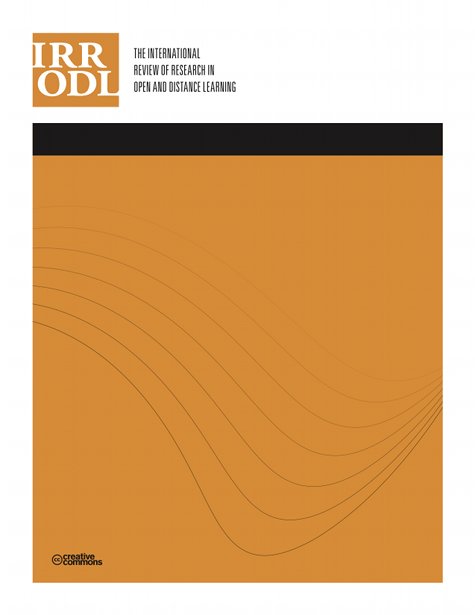
Measuring Disorientation Based on the Needleman-Wunsch Algorithm
ARTICLE
Tolga Güyer, Bilal Atasoy, Sibel Somyürek
IRRODL Volume 16, Number 2, ISSN 1492-3831 Publisher: Athabasca University Press
Abstract
This study offers a new method to measure navigation disorientation in web based systems which is powerful learning medium for distance and open education. The Needleman-Wunsch algorithm is used to measure disorientation in a more precise manner. The process combines theoretical and applied knowledge from two previously distinct research areas, disorientation and string-matching. String-matching algorithms provide a more convenient disorientation measurement than other techniques, in that they examine the similarity between an optimal path and learners' navigation paths. The algorithm particularly takes into account the contextual similarity between partly relevant web-pages in a user's navigation path and pages in an optimal path. This study focuses on the reasons and the required steps to use this algorithm for disorientation measurement. Examples of actual student activities and learning environment data are provided to illustrate the process.
Citation
Güyer, T., Atasoy, B. & Somyürek, S. (2015). Measuring Disorientation Based on the Needleman-Wunsch Algorithm. The International Review of Research in Open and Distributed Learning, 16(2), 188-205. Athabasca University Press. Retrieved September 1, 2024 from https://www.learntechlib.org/p/160883/.
 This record was imported from
ERIC on November 3, 2015. [Original Record]
This record was imported from
ERIC on November 3, 2015. [Original Record]
ERIC is sponsored by the Institute of Education Sciences (IES) of the U.S. Department of Education.
Copyright for this record is held by the content creator. For more details see ERIC's copyright policy.
